6 Simple Tips for Getting Started in Sports Photography
![]()
Sports photography is both challenging and rewarding. It requires practice, the right equipment, and a dash of luck. There wasn’t a lot of literature available on the discipline when I was starting out, so I resorted to learning from the professionals at work around me (I was an athlete), adopted techniques from other photography disciplines such as bird photography, and improvised on them as I went along.
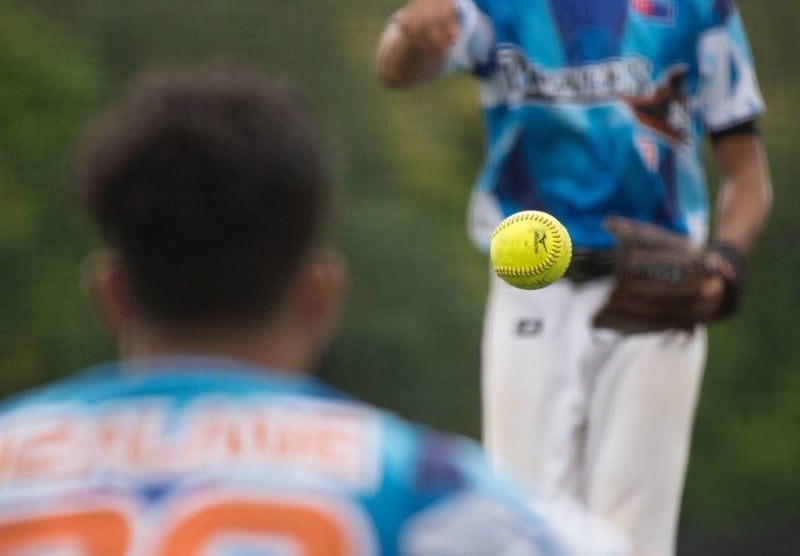
Tip #1. Understand what you are going to shoot
Studying the rules of the game and watching videos of the sport beforehand always helps. Doing so allows you to visualize the images you can create and gives you the opportunity to plan how you could go about getting the shot.
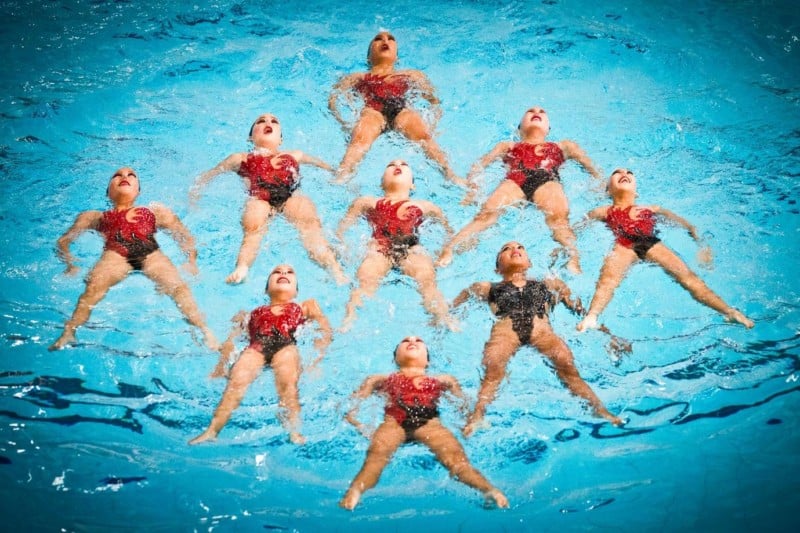
Tip #2. Understand autofocus and subject tracking
Autofocus and subject tracking are a sports photographer’s bread and butter. Autofocus ensures that a subject is sharp, while tracking ensures that you are focussing on the correct subject. For sport, it is recommended that autofocus be set to continuous to ensure that the subject you are tracking is constantly in focus.
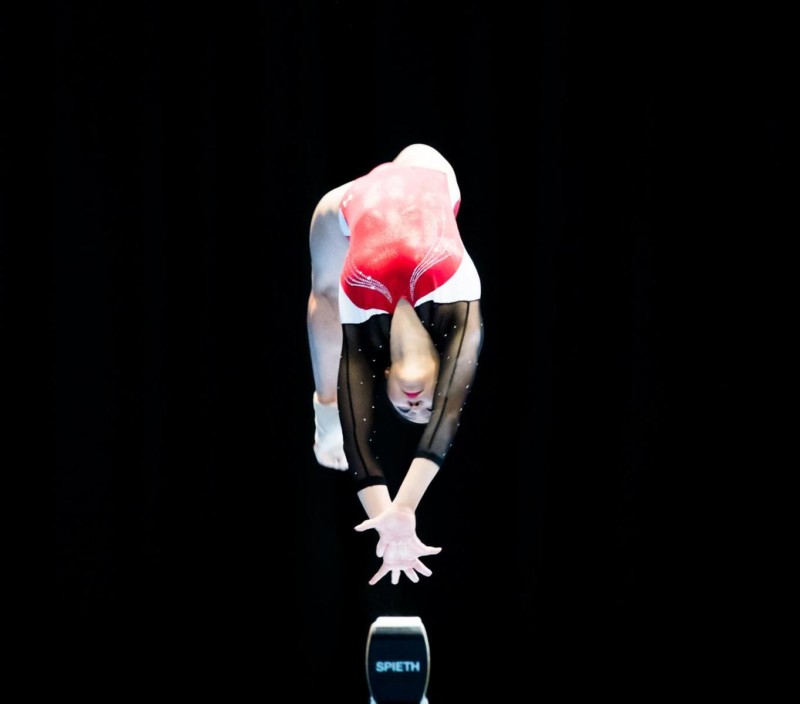
Modern cameras have proprietary subject tracking options (3D tracking, face detection, etc..) which can be useful for sport. I have found 3D tracking useful in tracking fast-moving subjects like race cars, runners, gymnasts etc.., while face detection has proved useful for fight sports. For all other situations, I usually fix my focus point in the center of the frame and track the subject manually.
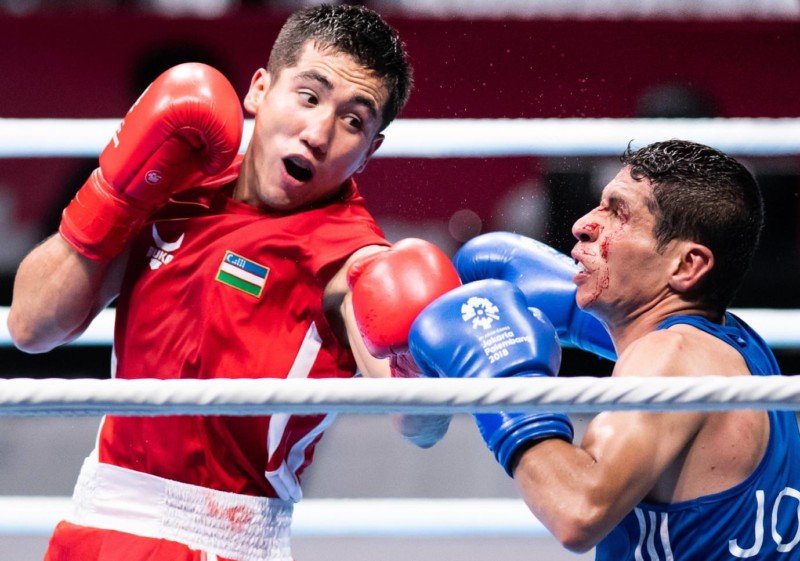
Tip #3. Use the right shutter speed
Using the correct shutter speed is key to freezing action. If you have it too slow you will end up with motion blur. To freeze human motion, I typically set my shutter speed to at least 1/400 seconds. This could go as high as 1/1600 for sports where a person was in free fall.
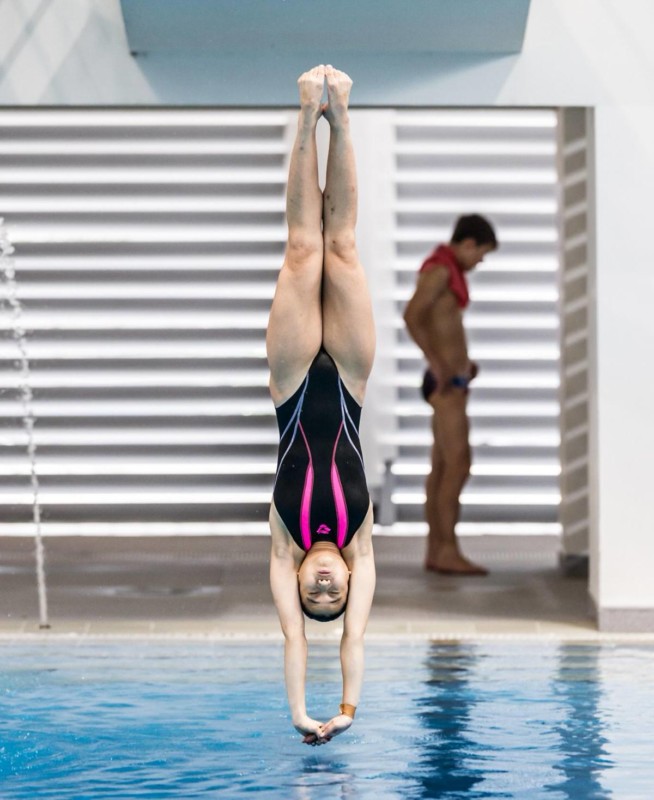
To freeze even faster action – e.g. water droplets or balls in play – I would bring the shutter speed up to at least 1/2000 seconds.
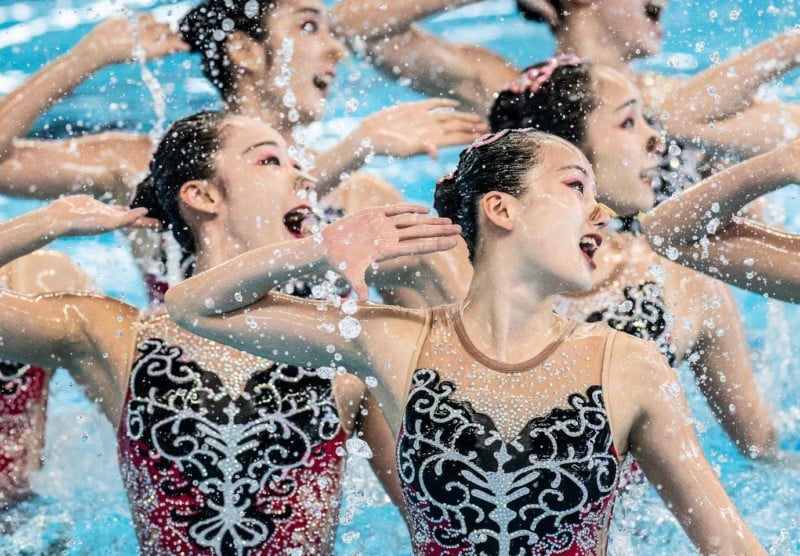
Conversely, slow shutter speeds can be used to illustrate movement. In such situations, a shutter speed as low as one second can be used to show trails, while still retaining detail.
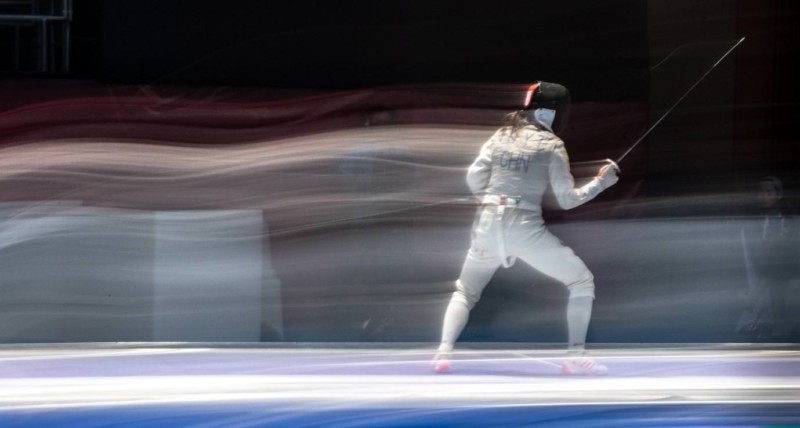
Tip #4. Invest in a fast zoom lens
Apart from the fact that the distance between the action and the photographer constantly changes, venue lighting can also sometimes be very poor. As such, I always suggest the use of a fast zoom lens for the versatility and the ability to shoot in low light, while still retaining decent shutter speeds.
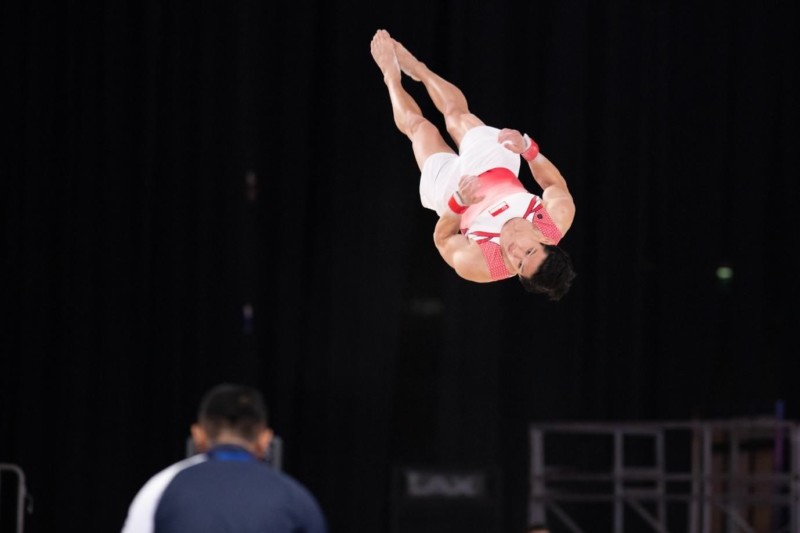
As a start, I would always recommend the 70-200mm f2.8. This lens is light, available across all major lens makers and is relatively inexpensive. An aperture of 2.8 is great for low light situations, and if you need the extra reach, you can just pop on a 1.4x teleconverter or just shoot with a crop sensor.
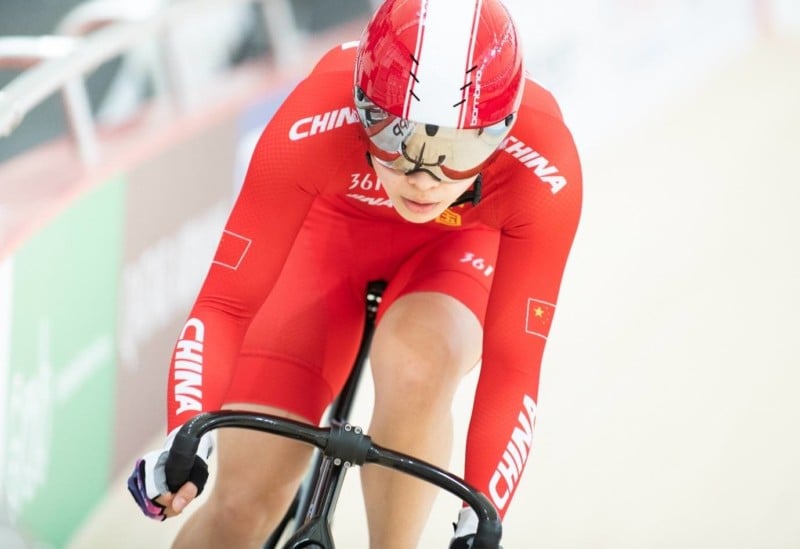
Tip #5. Capture interactions and emotions.
Visuals of celebration, disappointment, and interactions are key moments in sport that often tell a story.
When covering assignments make it a point to turn up for warm ups and stay till after the victory ceremony. That way you get to capture the expressions of people before, during and after the event.
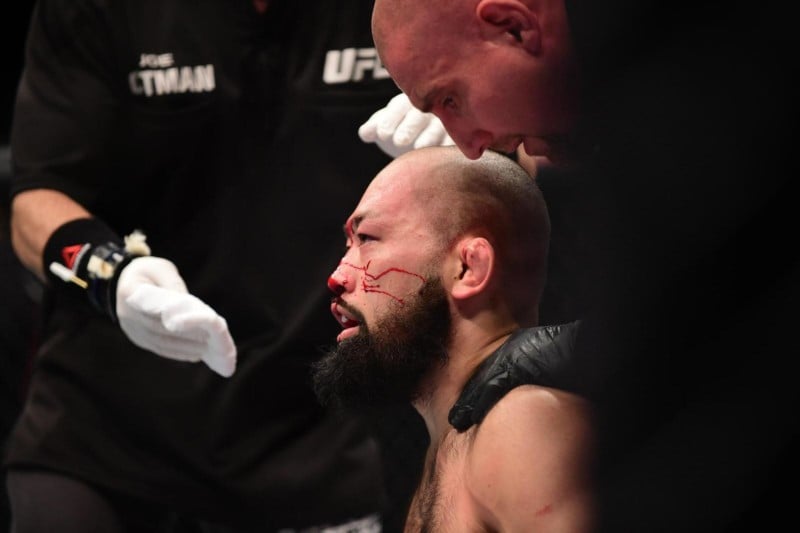
Importantly, don’t focus only on the players. Often it is the coaches, family, and fans who are sources of emotion.
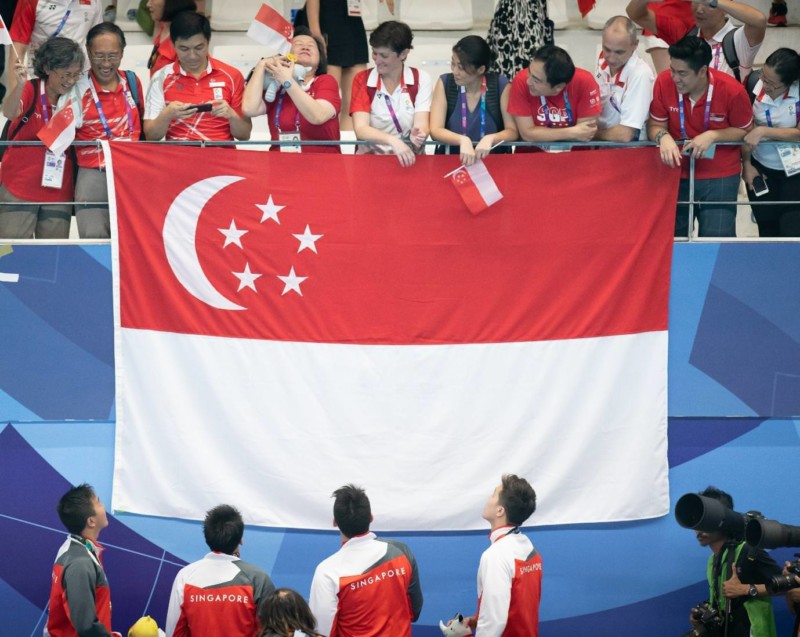
Tip #6. Practice, practice, practice
Practice makes perfect, and a sure way to improve is to find opportunities to shoot. Get in touch with your local club or association to see if you can get media access to games to cover the action, and take time to network and learn from the other more experienced photographers on site.
Companies like Finisherpix, GameFaceMedia, and the ONE Championship offer opportunities for sports photography enthusiasts to cover their events around the world.
Finally – shoot often, experiment constantly, and learn from everything and everyone. It is only through constant practice that one can improve.
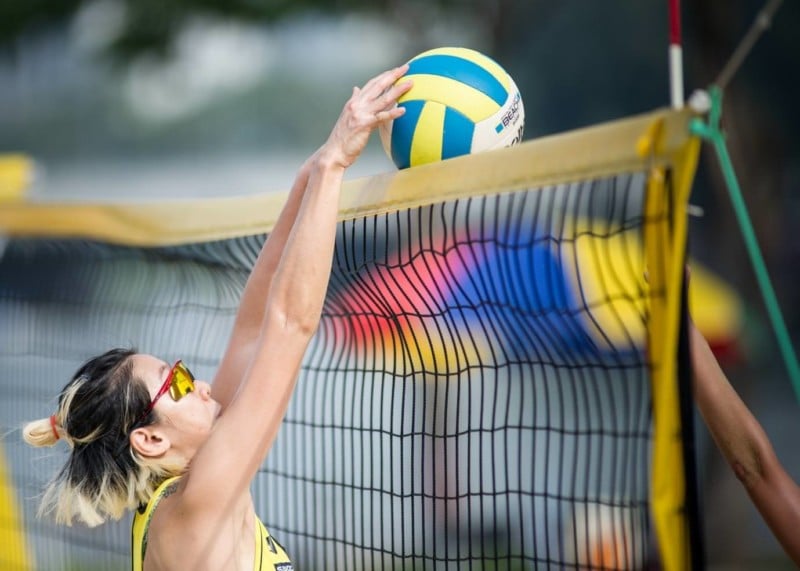
About the author: Shaun Ho is a sports and dance photographer based in Singapore. He has covered sporting events ranging from junior school rugby to international multisport events. You can find more of his work on his website and Instagram.